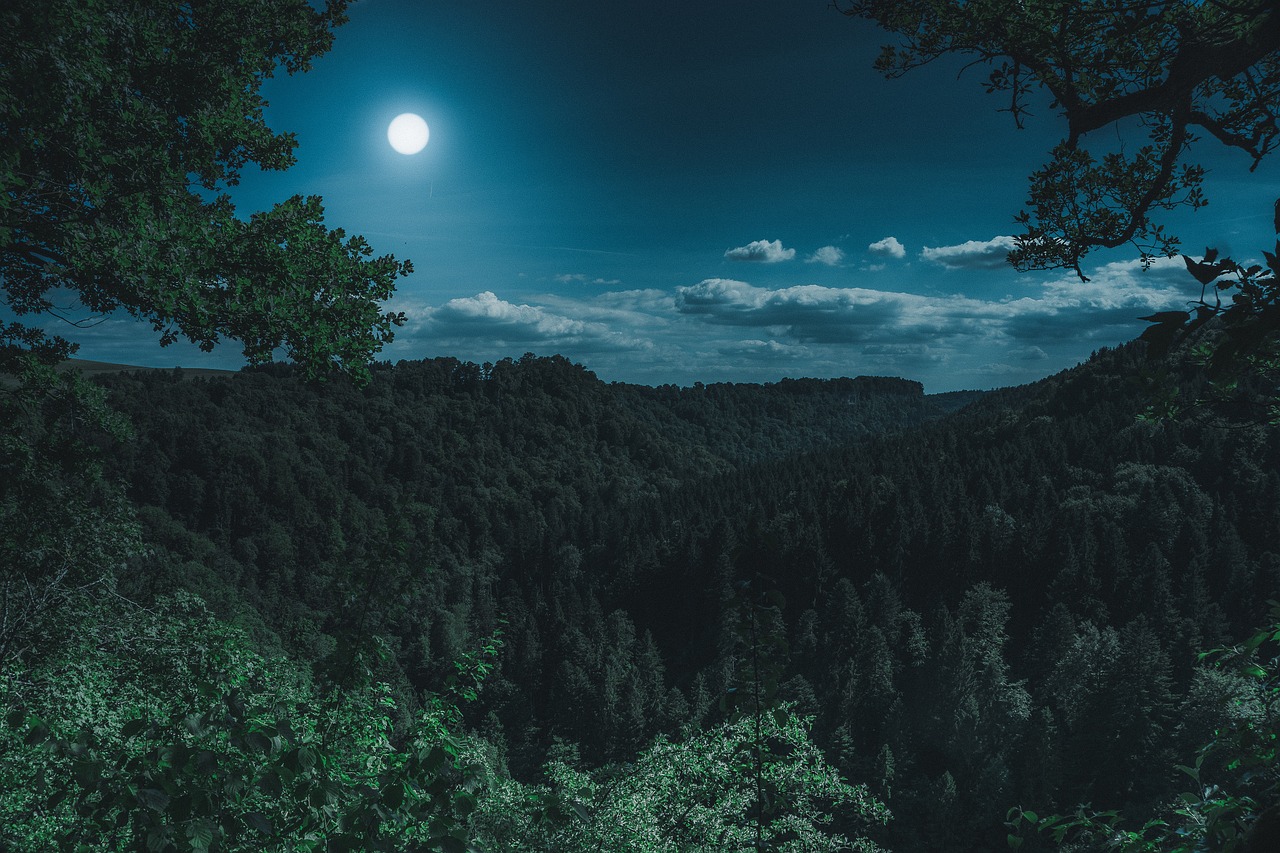Welcome to our fascinating journey through the 10 Largest Forests in the World. Get ready to immerse yourself in the enchanting beauty and wonder of these natural treasures. From the majestic Amazon Rainforest to the serene Siberian Taiga, we’ll explore the breathtaking landscapes and diverse wildlife that make these forests truly exceptional.
As we venture deeper into each forest, we’ll uncover their unique stories and the importance of conservation efforts to preserve their pristine environments. Whether you’re a nature enthusiast or simply curious about the world’s natural wonders, this list will captivate your imagination and inspire you to cherish and protect these valuable ecosystems.
Join us as we embark on this thrilling expedition to discover the wonders of nature’s grandest creations. Let’s celebrate the beauty of our planet’s forests and promote a sustainable future for generations to come.
NUMBER 1 : Amazon Rainforest, South America
The Amazon Rainforest, located in South America, stands as the world’s largest tropical rainforest, covering approximately 6.7 million square kilometers. This diverse ecosystem is home to a vast array of unique plant and animal species. Not only does it play a crucial role in oxygen production and carbon sequestration, but it also supports indigenous cultures and offers an unparalleled opportunity to connect with nature. Exploring the Amazon Rainforest provides a chance to witness its vibrant biodiversity, towering trees, and winding rivers. A visit contributes to conservation efforts and offers an enriching experience of one of Earth’s most remarkable natural wonders.
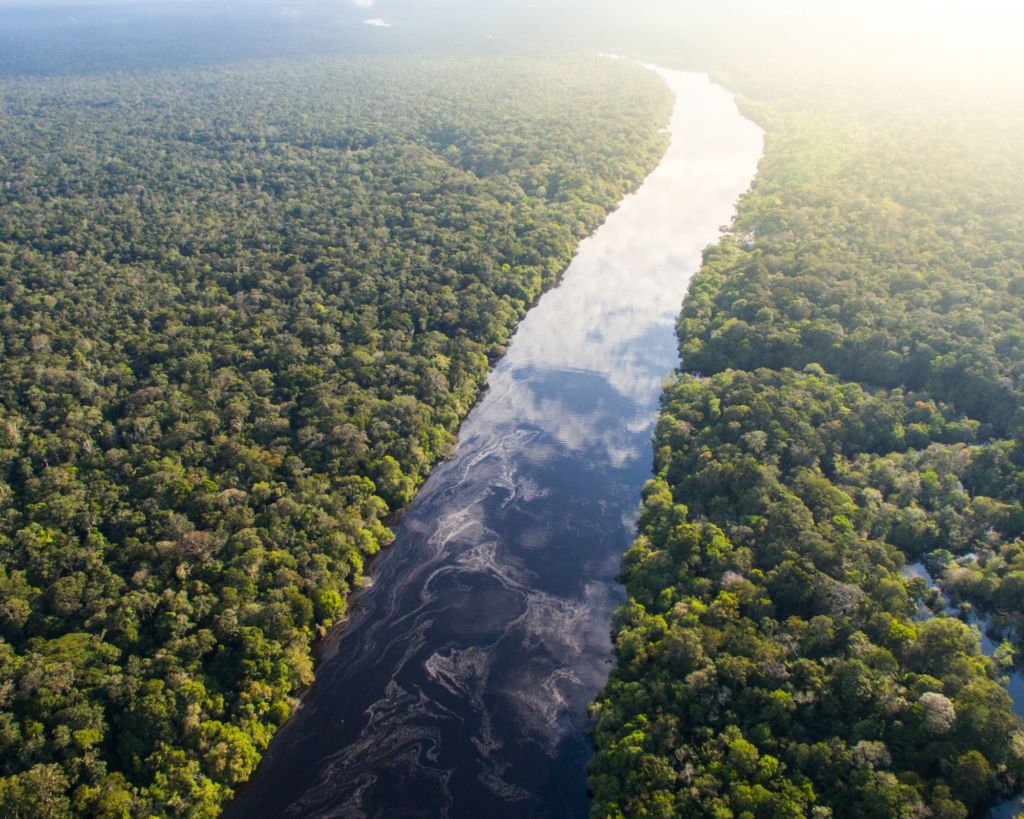
NUMBER 2 : Congo Basin, Africa
The Congo Basin, situated in Africa, spans around 3.7 million square kilometers, making it the second-largest rainforest globally. Its dense vegetation and intricate river systems create a vital habitat for various species. This rainforest supports endangered animals like gorillas, chimpanzees, and forest elephants. The Congo Basin also contributes to maintaining the Earth’s climate balance by storing substantial carbon amounts. By visiting this remarkable rainforest, individuals can appreciate its beauty, biodiversity, and cultural significance while aiding in conservation efforts. Exploring the Congo Basin offers a chance to understand the delicate balance between nature and human impact on our planet’s ecosystems.
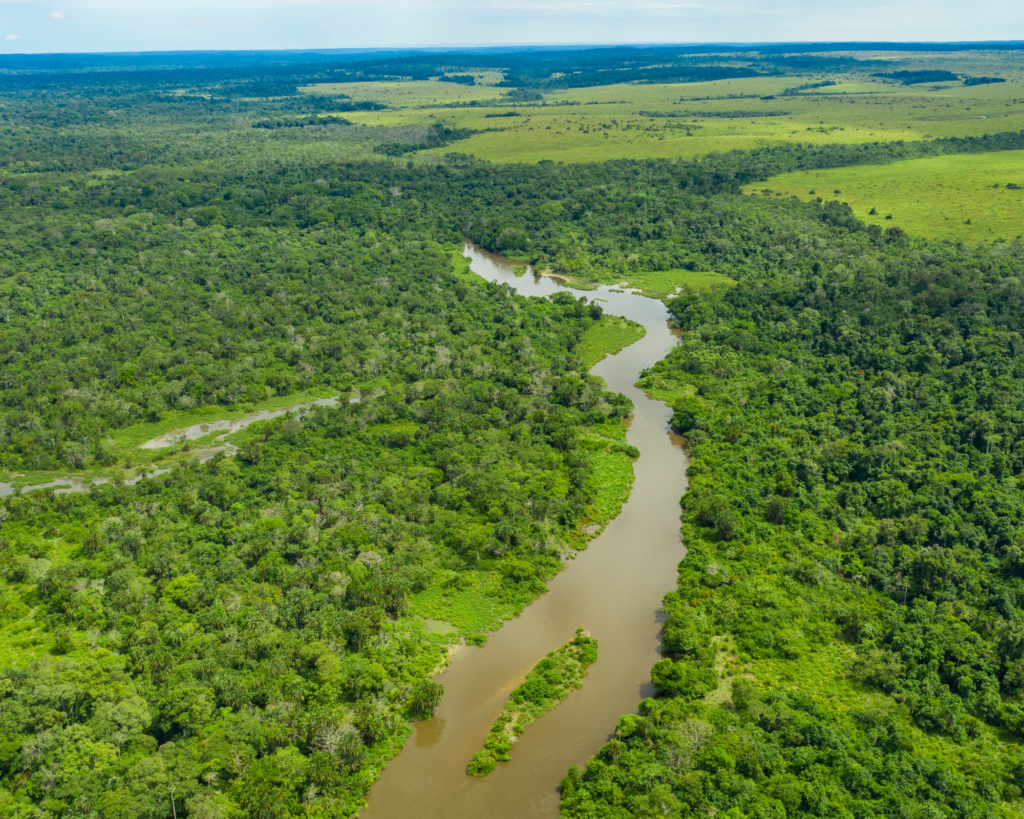
NUMBER 3 : Siberian Taiga, Russia
The Siberian Taiga, situated in Russia, covers an extensive area of around 1.6 million square kilometers. This immense forest stretches across the northern part of Russia, characterized by its vast expanse of coniferous trees like pine, spruce, and fir. It serves as a critical habitat for various wildlife species, including Siberian tigers, brown bears, and reindeer. The Siberian Taiga plays a significant role in regulating the Earth’s climate by absorbing carbon dioxide and releasing oxygen. It’s also home to indigenous communities that have maintained a close connection with this forest for centuries. The Taiga’s remote and pristine landscapes contribute to its ecological importance and make it one of the largest untouched wilderness areas on the planet.
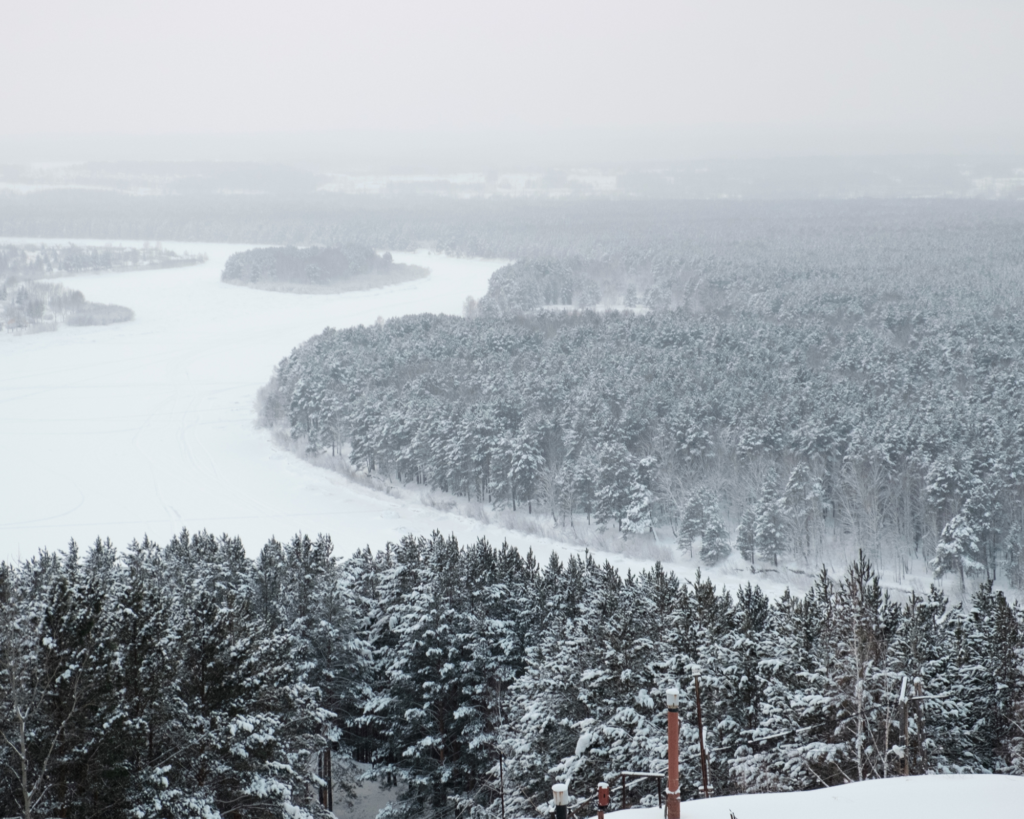
NUMBER 4 : Boreal Forest, North America
The Boreal Forest, located in North America, covers an expansive area of approximately 3 million square kilometers. This vast forest stretches across Canada, Alaska, Scandinavia, and Russia, making it the largest land biome on Earth. The Boreal Forest is characterized by its dense evergreen trees, including conifers like spruce, pine, and fir. It plays a crucial role in the global carbon cycle by absorbing and storing large amounts of carbon dioxide, thus helping to mitigate climate change. This forest also provides essential habitat for various wildlife species, including bears, wolves, and migratory birds. The Boreal Forest’s significance lies not only in its ecological importance but also in its cultural significance to indigenous communities that have lived in harmony with this vast wilderness for generations.
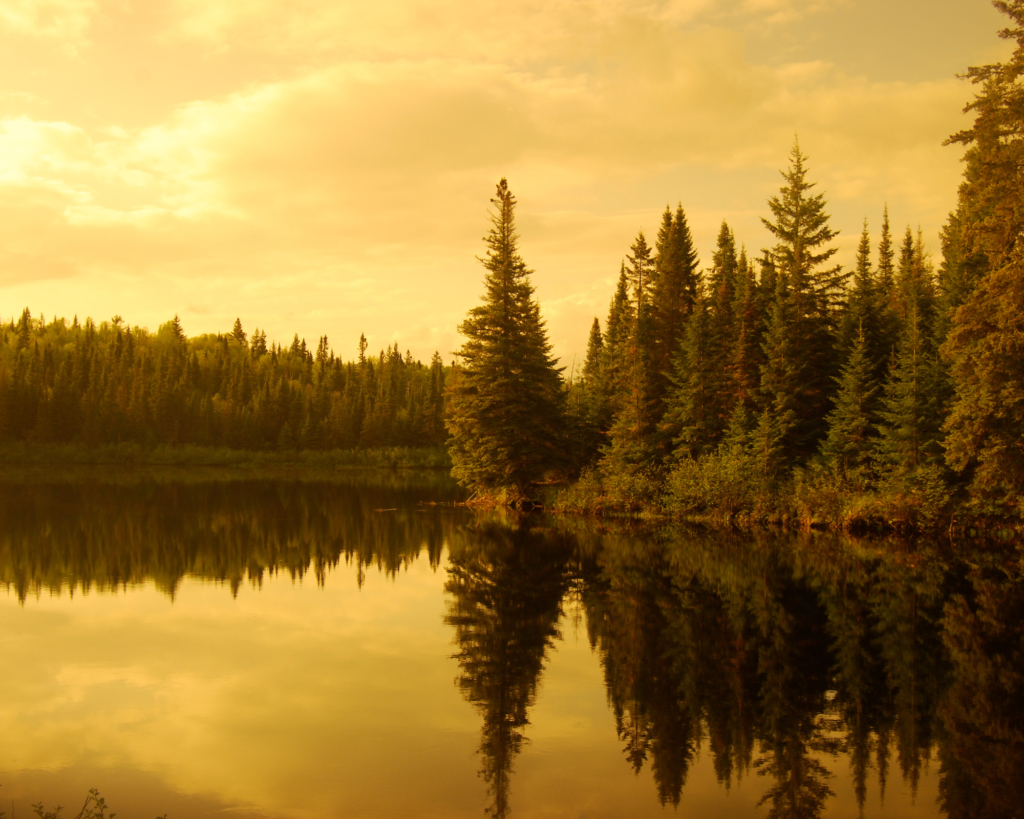
NUMBER 5 : Valdivian Rainforest, South America
The Valdivian Rainforest, situated in South America, covers an approximate area of 248,100 square kilometers. This lush and ancient rainforest is known for its incredible biodiversity and unique ecosystem. Spanning across Chile and Argentina, the Valdivian Rainforest is home to various plant and animal species that are not found anywhere else on the planet. It has a rich history dating back around 90 million years, making it one of the most ancient forests in the world. The Valdivian Rainforest offers a breathtaking landscape of dense vegetation, towering trees, and flowing rivers. Its significance lies not only in its natural beauty but also in its role as a habitat for endangered species and its contribution to global ecological balance.
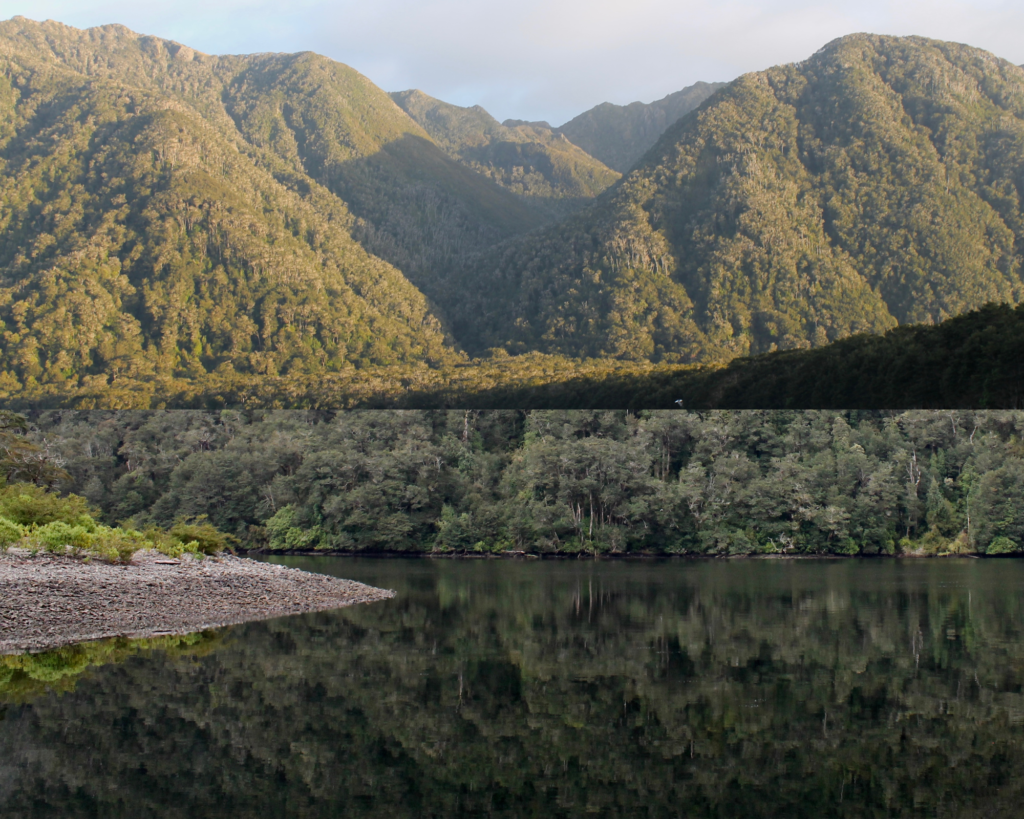
NUMBER 6 : Daintree Rainforest, Australia
The Daintree Rainforest, located in Australia, spans across an area of about 1,200 square kilometers. This tropical rainforest is renowned for its ancient lineage and incredible biodiversity. It is one of the oldest rainforests in the world, dating back over 135 million years. The Daintree Rainforest houses an astonishing variety of plant and animal species, including unique and rare inhabitants like the Southern Cassowary and the Bennett’s Tree-kangaroo. With its pristine landscapes, lush vegetation, and captivating wildlife, the Daintree Rainforest offers an immersive natural experience for visitors. This UNESCO World Heritage Site allows for exploration of its diverse ecosystems, crystal-clear streams, and vibrant flora. The Rainforest’s significance goes beyond its beauty; it also plays a crucial role in conserving species and preserving an irreplaceable part of Earth’s history.
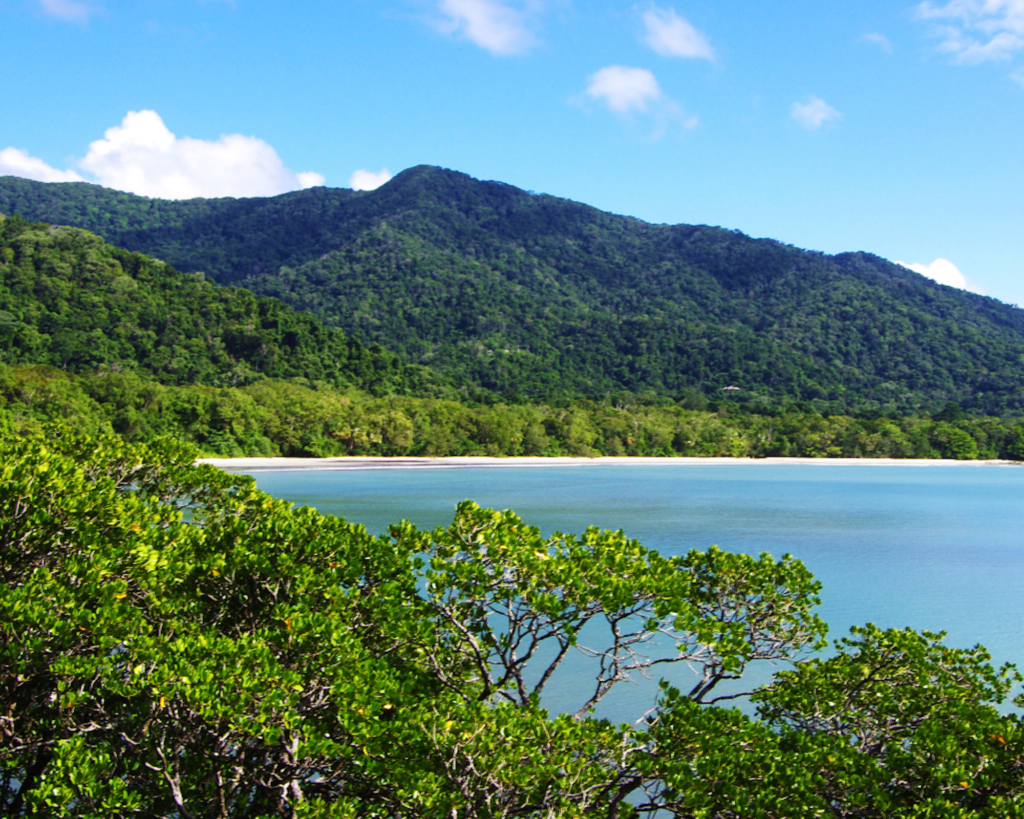
NUMBER 7 : Tongass National Forest, Alaska, USA
The Tongass National Forest, located in Alaska, USA, is the largest national forest in the United States. Encompassing over 16.7 million acres, it is a prime example of the stunning landscapes and biodiversity of North America’s temperate rainforests. The Tongass is known for its towering Sitka spruce and western red cedar trees, providing habitat for a variety of wildlife, including bald eagles, brown bears, and salmon. The forest’s pristine rivers, fjords, and mountains attract outdoor enthusiasts and nature lovers alike. As a critical component of the region’s ecosystem, the Tongass National Forest also plays a significant role in carbon sequestration and climate regulation.
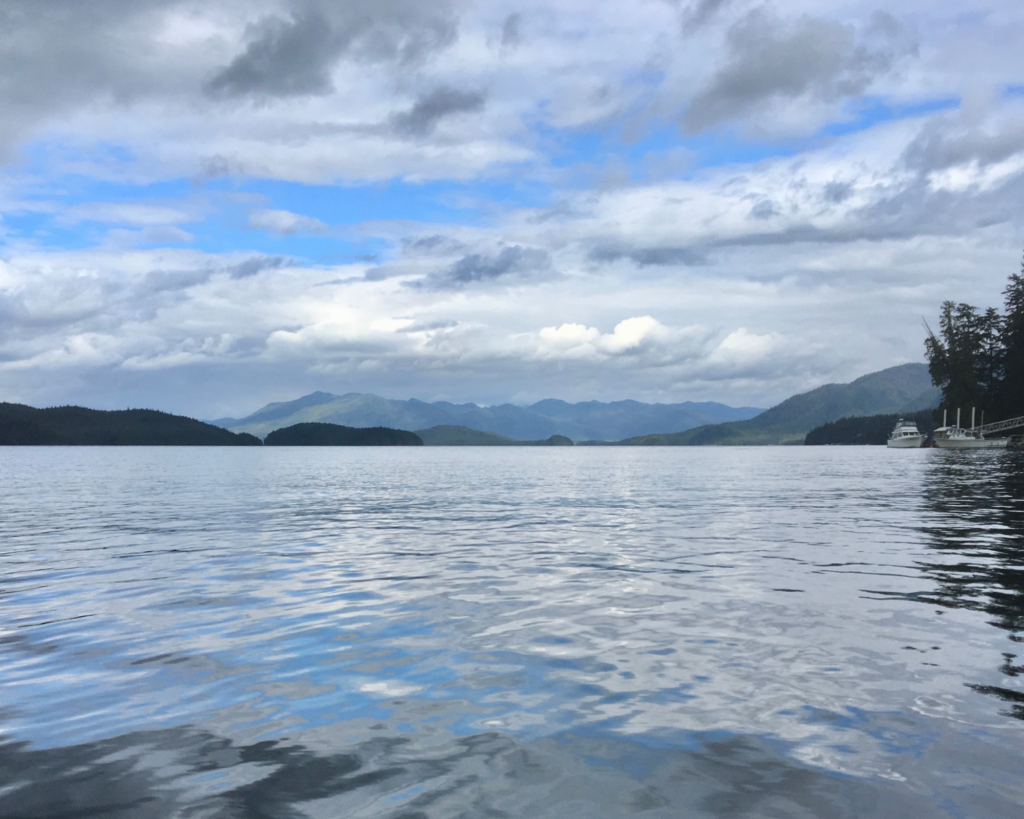
NUMBER 8 : Tumuc-Humac Mountains, South America
The Tumuc-Humac Mountains, situated in South America, cover an area of approximately 29,000 square kilometers. This mountain range spans parts of both French Guiana and Brazil, offering breathtaking landscapes and rich biodiversity. The mountains are home to a variety of unique plant and animal species, many of which are found nowhere else on Earth. The Tumuc-Humac Mountains play a crucial role in the regional ecosystem, providing habitats for diverse flora and fauna. With their lush rainforests, cascading waterfalls, and intriguing cultural heritage, these mountains draw nature enthusiasts and adventurers alike. The area’s protected status ensures the preservation of its natural beauty and indigenous cultures. Exploring the Tumuc-Humac Mountains offers a chance to experience the wonders of untouched wilderness and connect with the local traditions of the region.
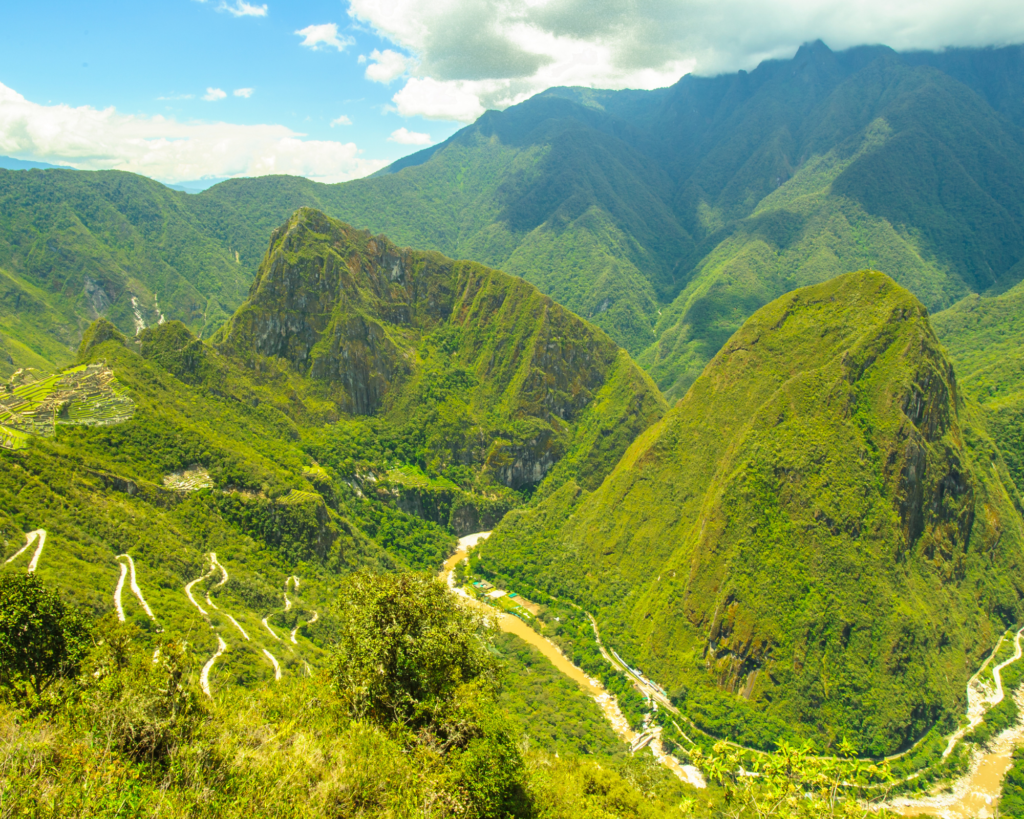
NUMBER 9 : Great Bear Rainforest, Canada
The Great Bear Rainforest, situated in Canada’s western province of British Columbia, is a pristine and captivating natural wonder. Encompassing approximately 6.4 million acres, this rainforest is renowned for its breathtaking landscapes and rich biodiversity. It is home to a diverse range of wildlife, including grizzly bears, wolves, and unique species of birds and marine life. The Great Bear Rainforest’s dense canopy and vibrant ecosystems play a crucial role in maintaining the health of our planet. With its immense size and stunning beauty, the rainforest offers a serene escape and a chance to immerse oneself in the wonders of nature. Its significance in environmental conservation and sustainable practices adds to its allure, making it a must-visit destination for anyone seeking a harmonious connection with the natural world.
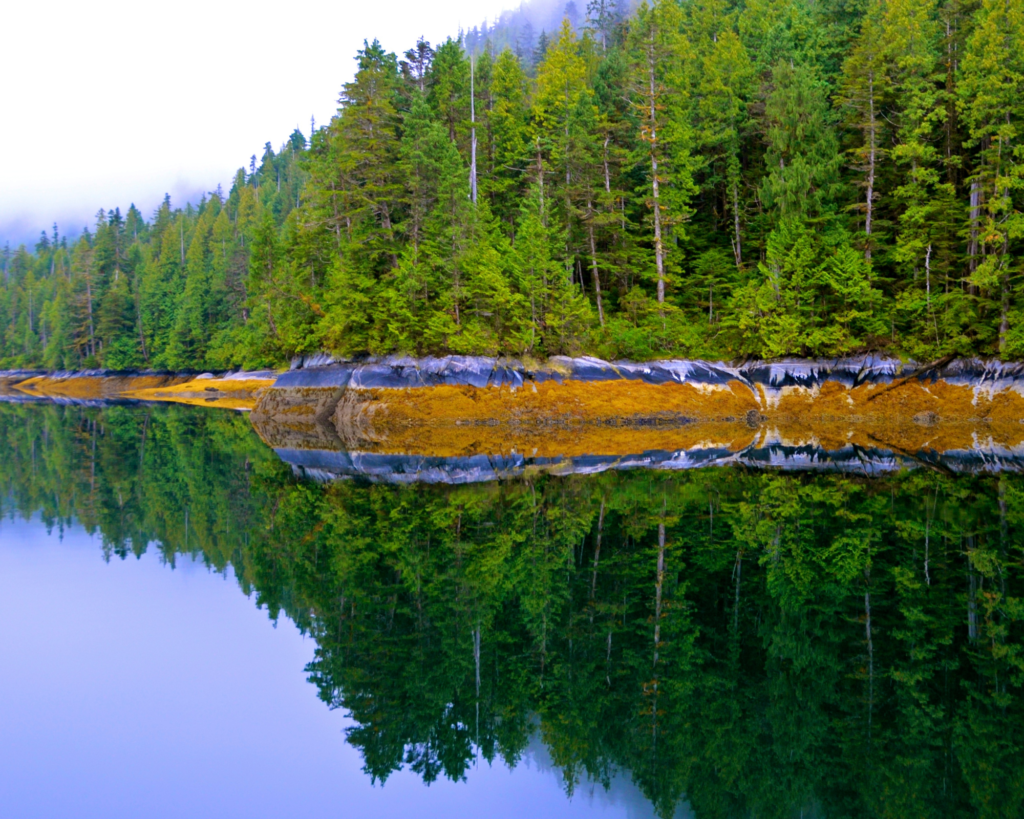
NUMBER 10 : Sundarbans Mangrove Forest, Bangladesh & India
The Sundarbans Mangrove Forest, spanning across Bangladesh and India, is a unique and vital ecosystem recognized for its remarkable biodiversity. Covering an area of approximately 10,000 square kilometers, this mangrove forest is a UNESCO World Heritage Site and a critical habitat for various species, including the elusive Bengal tiger. Its intricate network of waterways and rich mangrove vegetation provide essential breeding grounds for marine life and birds. The Sundarbans also serve as a natural barrier, protecting coastal communities from storms and tidal surges. Its ecological significance, cultural heritage, and contribution to climate resilience make it a region of global importance. Exploring the Sundarbans offers a chance to witness the intricate balance between nature and human life, making it a captivating destination for eco-tourism and ecological research.
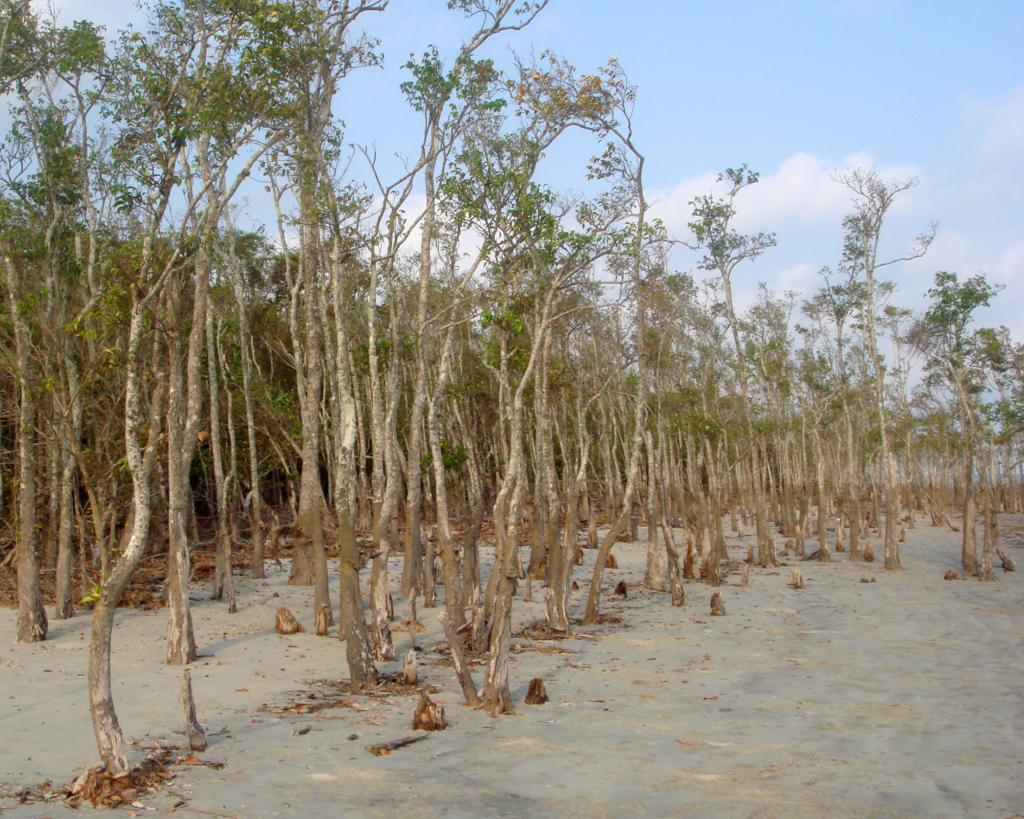
CONCLUSION
these remarkable forests offer us a glimpse into the breathtaking beauty and incredible biodiversity that our planet holds. From the towering trees of the Amazon Rainforest to the pristine wilderness of the Great Bear Rainforest, each of these forests is a testament to the intricate balance of nature. These forests not only provide a habitat for countless species but also play a vital role in maintaining our global ecosystem. As we explore the wonders of these forests, let us remember the importance of conservation efforts to protect and preserve these invaluable natural treasures for generations to come. Whether for their ecological significance, cultural importance, or sheer majesty, these forests remind us of the incredible diversity and splendor of the natural world. Let’s cherish and safeguard these environments, ensuring a sustainable future for both nature and humanity.
Don’t forget to share this with your friends and family. Wanna know what are the top 10 largest countries in the world? Check this article : https://top10masters.com/top-10-largest-countries-in-the-world-per-area/
